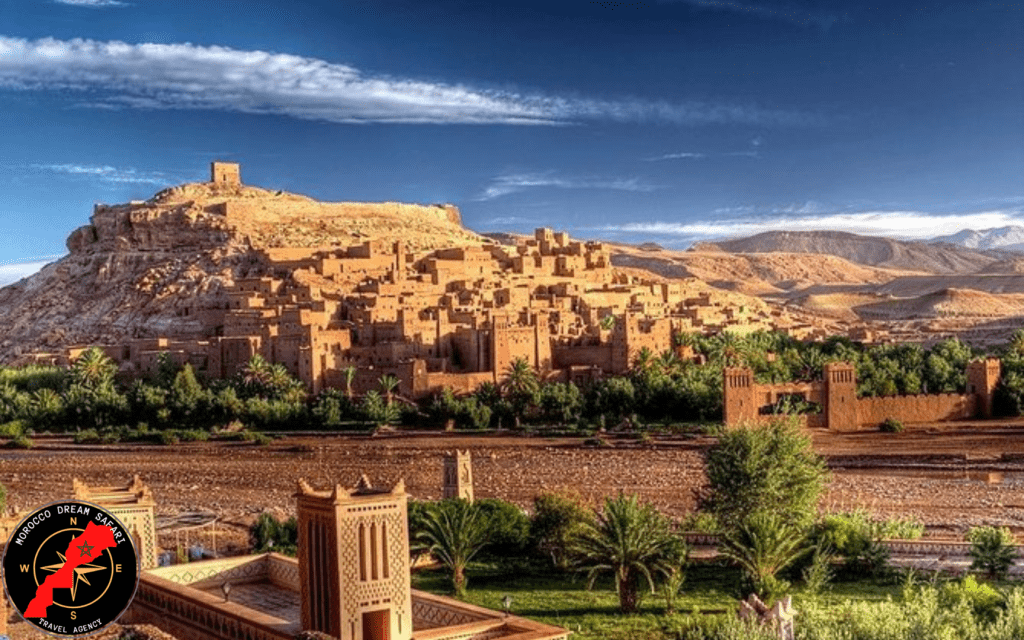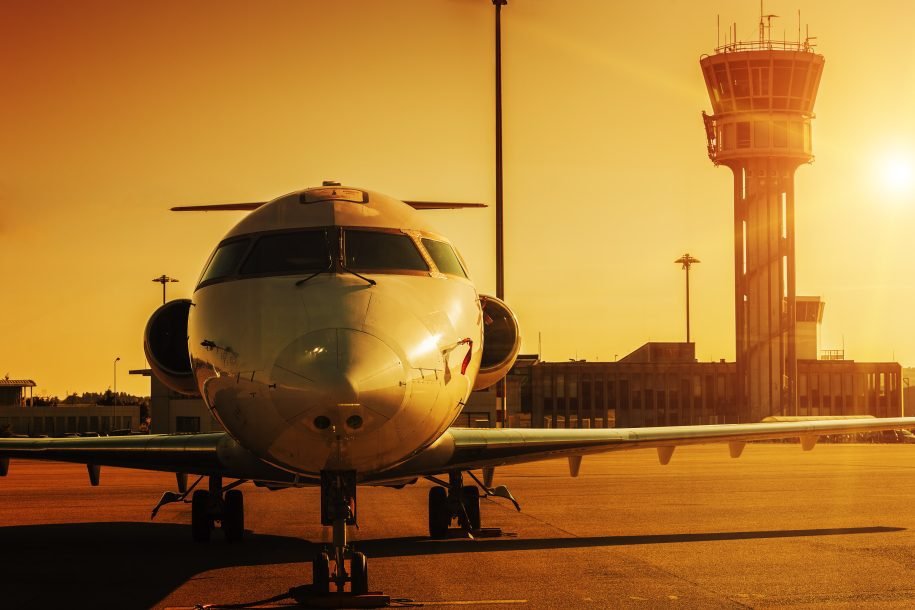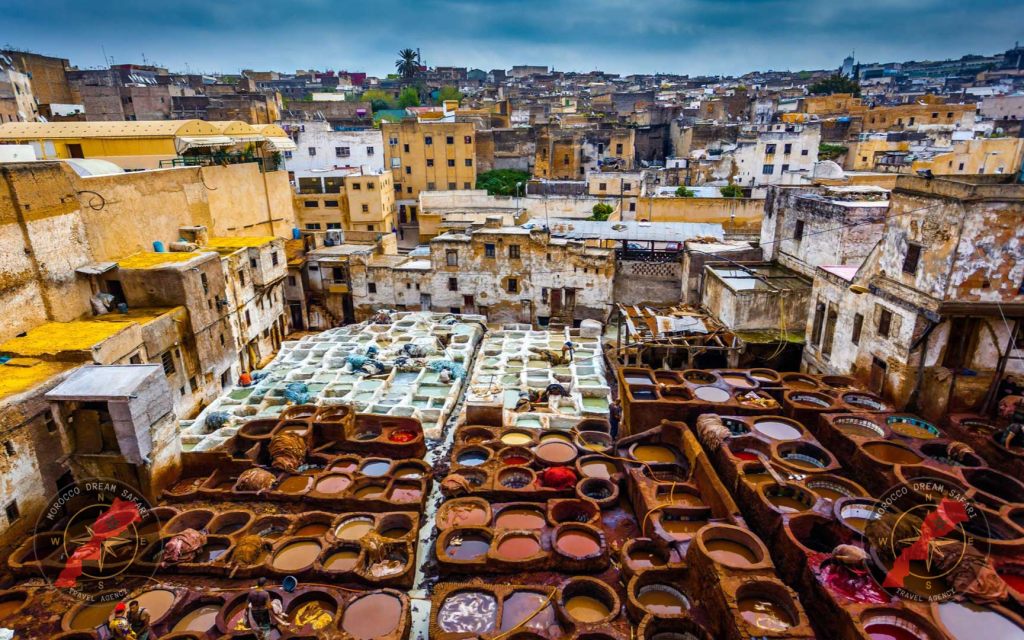Table of Contents
ToggleMorocco, a vibrant country known for its rich history, diverse landscapes, and fascinating culture, has become an increasingly popular destination for travelers from all around the world. As a result, the country has invested in its infrastructure to accommodate the growing number of visitors, particularly in its international airports. In this article, we will take a closer look at the key international airports in Morocco, from Mohammed V International Airport in Casablanca to Menara Airport in Marrakech, as well as other important airports in cities like Agadir, Fes, and Rabat. We will also provide you with useful tips for navigating these airports and making your journey as smooth as possible.
Introduction to International Airports in Morocco:
When traveling to Morocco, you will likely arrive at one of the country’s international airports. These airports serve as gateways to the various regions of Morocco and offer a range of facilities and services to ensure a comfortable travel experience. The five main international airports in Morocco are Mohammed V International Airport in Casablanca, Menara Airport in Marrakech, Agadir-Al Massira Airport in Agadir, Fes-Saïss Airport in Fes, and Rabat-Salé Airport in Rabat. Each airport has its own unique features and attractions, making it an interesting starting point for your Moroccan adventure.
Mohammed V International Airport in Casablanca:
As the largest and busiest airport in Morocco, Mohammed V International Airport is the main entry point for international travelers. Located in Casablanca, the economic and commercial hub of the country, this airport offers a wide range of facilities and services to accommodate the growing number of visitors. The airport features modern terminals, duty-free shops, restaurants, lounges, and car rental services. It is well-connected to major cities in Europe, Africa, and the Middle East, making it a convenient choice for travelers from around the globe. Whether you are arriving in Morocco for business or leisure, Mohammed V International Airport provides a seamless travel experience.
Menara Airport in Marrakech:
Marrakech, often referred to as the “Red City,” is a popular tourist destination known for its vibrant souks, stunning palaces, and lively atmosphere. Menara Airport serves as the gateway to this enchanting city and is located just a short distance from the city center. The airport offers a range of amenities, including duty-free shops, cafes, and car rental services. With direct flights to and from major European cities, Menara Airport is a convenient choice for travelers looking to explore Marrakech and its surrounding areas. Upon arrival, you will be greeted by the warm hospitality that Morocco is known for, setting the tone for an unforgettable journey.
Agadir-Al Massira Airport in Agadir:
If you’re planning a beach getaway in Morocco, Agadir is the perfect destination. Known for its beautiful sandy beaches and year-round sunshine, Agadir attracts tourists from all over the world. Agadir-Al Massira Airport serves as the main international airport in the region and offers a range of facilities to ensure a comfortable travel experience. The airport is well-connected to major European cities and offers direct flights to and from destinations such as Paris, London, and Frankfurt. Whether you’re looking to relax on the beach, explore the nearby Atlas Mountains, or indulge in delicious seafood, Agadir-Al Massira Airport provides easy access to this captivating destination.
Fes-Saïss Airport in Fes:
Fes, one of Morocco’s oldest imperial cities, is known for its well-preserved medieval architecture and rich cultural heritage. Fes-Saïss Airport serves as the main international gateway to this historic city and offers a convenient way for travelers to explore the region. The airport is located just a short distance from the city center and provides a range of amenities, including duty-free shops, restaurants, and car rental services. Fes-Saïss Airport is well-connected to major European cities, making it a popular choice for travelers looking to immerse themselves in the fascinating history and traditions of Fes.
Rabat-Salé Airport in Rabat:
Rabat, the capital city of Morocco, is a beautiful blend of modern and traditional influences. Rabat-Salé Airport serves as the main international airport for the city and offers a range of facilities and services to cater to the needs oftravelers. The airport is conveniently located near the city center and provides easy access to Rabat’s attractions, including the picturesque Kasbah of the Udayas and the awe-inspiring Hassan Tower. With direct flights to and from major European cities, Rabat-Salé Airport is an excellent choice for travelers looking to explore the vibrant capital of Morocco.
Other International Airports in Morocco:
In addition to the main international airports in Casablanca, Marrakech, Agadir, Fes, and Rabat, Morocco is also home to several other international airports that serve as gateways to different regions of the country. These airports include Tangier Ibn Battouta Airport in Tangier, Nador International Airport in Nador, and Ouarzazate Airport in Ouarzazate. Each airport offers its own unique charm and provides easy access to the cities and regions they serve. Whether you’re looking to explore the coastal beauty of Tangier, the cultural heritage of Nador, or the breathtaking landscapes of Ouarzazate, these airports will ensure a seamless travel experience.
Tips for Navigating International Airports in Morocco:
Navigating international airports in Morocco can be a breeze with a little preparation. Here are some tips to help you make the most of your experience:
- Plan your transportation: Before arriving at the airport, research transportation options from the airport to your
final destination. Taxis, shuttles, and public transportation are readily available at most airports in Morocco. - Arrive early: To avoid any last-minute stress, arrive at the airport well in advance of your flight. This will give you
- plenty of time to check-in, go through security, and explore the airport facilities.
- Pack essentials in your carry-on: Make sure to pack essential items such as medication, toiletries, and a change
of clothes in your carry-on bag. This will come in handy in case your checked luggage is delayed or lost. - Be mindful of local customs: Morocco has its own unique customs and traditions. Familiarize yourself with the
local culture and respect the customs of the country. - Stay connected: Most international airports in Morocco offer free Wi-Fi, allowing you to stay connected with your
loved ones and access important information during your journey.
By following these tips, you can navigate international airports in Morocco with ease and make the most of your travel
experience.
Conclusion International Airports in Morocco
From the bustling city of Casablanca to the vibrant streets of Marrakech, Morocco’s international airports serve as gateways to a country rich in history, culture, and natural beauty. Whether you’re arriving in Morocco for business or leisure, the airports in Casablanca, Marrakech, Agadir, Fes, and Rabat offer a range of facilities and services to ensure a smooth and comfortable travel experience. From duty-free shops and restaurants to car rental services and easy access to major cities, these airports are well-equipped to meet the needs of international travelers. So pack your bags, book your flight, and get ready to embark on a memorable journey through the enchanting country of Morocco
International Airports in Morocco FAQs:
Casablanca Mohammed V Airport takes the lead as Morocco’s busiest airport, connecting travelers to domestic and international destinations seamlessly.
Indeed, Marrakech Menara Airport offers direct flights to various European cities, facilitating convenient travel for tourists exploring Morocco.
Moroccan airports, including Rabat-Salé Airport, offer luxurious lounges catering to business travelers, ensuring a comfortable and productive pre-flight experience.
Our Tours Packages:






Leave a Reply